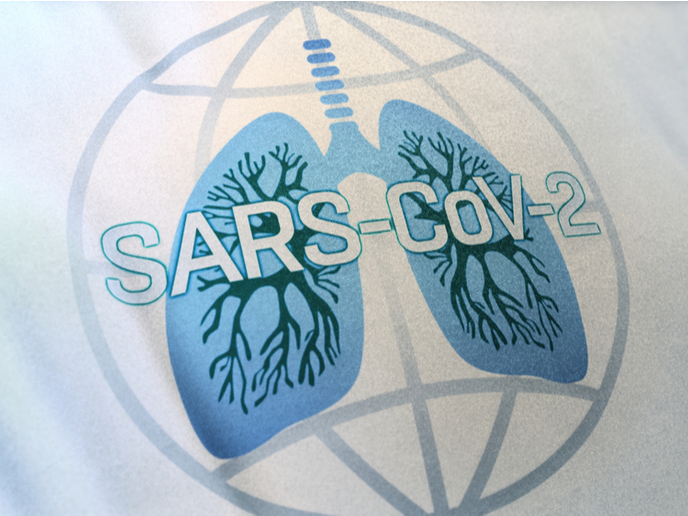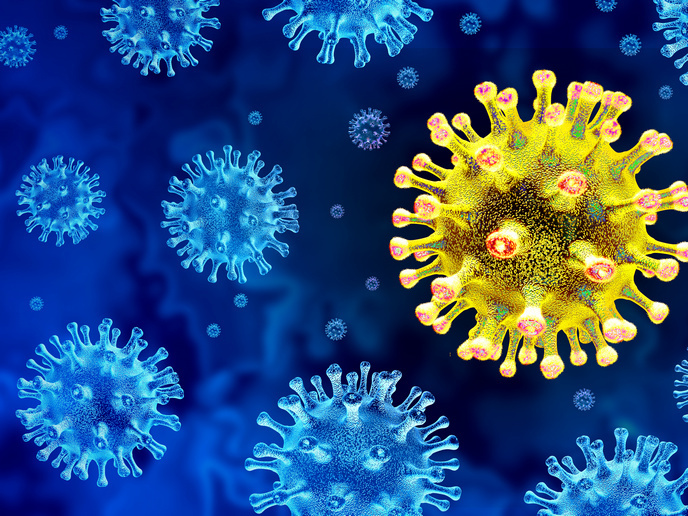A new approach to stem cell sorting
Characterisation and sorting of stem cell populations is typically performed using flow cytometry. Several factors limit existing sorting technologies such as lack of specific antibodies, low concentration of stem cells and a need for fluorescence markers. The SAVVY (Self-assembled virus-like vectors for stem cell phenotyping) project aimed to develop a different particle-based approach to cell sorting. The main idea was to use the molecular signatures of heterogeneous stem cell populations to enable their effective separation. The project used intrinsic differences in the composition of cell membranes to distinguish and ultimately sort stem cell populations. SAVVY's approach does not require antibodies, aptamers or other biomarkers, and it is label-free and scalable at an acceptable cost. This approach relies on multi-scale assembly of intrinsically dissimilar virus-like nanoparticles (NPs) to develop novel types of multifunctional probes for Raman spectroscopy. The completed live cell sorting system has to incorporate NP-based signal enhancers along with Raman spectroscopy in an integrated microfluidic cell sorter. Researchers succeeded in the development of the design where the interior and the surfaces of the vector’s hemispheres are controlled and functionalised independently. They established human stem cell cultures and specific differentiation protocols in formats that were accessible by Raman spectroscopy. The SAVVY consortium successfully tested all process steps of the microfluidic-based system, such as particle/cell separation, single cell isolation, Raman analysis and cell sorting. Each of these single modules was characterised and one module for each functional step was selected after optimisation. The SAVVY project established a proof-of-concept for the stem cell populations to be identified /analysed and sorted by multifunctional Raman spectroscopy using dissimilar virus-like NPs as probes. The findings of this project should help researchers overcome issues with the limited number of available antibodies and suitable fluorescent markers for stem cell research. The SAVVY approach to phenotyping and sorting is important for stem cell-based therapies, tissue regeneration and novel medical technologies. This technology may lead to novel diagnostic tools that are applicable to several diseases.
Keywords
Stem cell, cell sorting, SAVVY, nanoparticle, Raman spectroscopy







